There’s no way to specifically lose weight in a particular area, however, by watching what you eat and staying consistent with your workouts, you can develop a healthier body.
Image Credit: Carlina Teteris/Moment/GettyImages
Getting rid of your spare tire tummy can not only help your clothes fit better, it can also be great for your health! While you can't spot tone, the best overall approach to a healthier body is to focus on the tried and true approach: healthy diet and consistent exercise.
Video of the Day
There’s no way to specifically lose weight in a particular area, however, by watching what you eat and staying consistent with your workouts, you can develop a healthier body.
While the slang term is a spare tire belly, this colloquialism refers to a buildup of fat and excess weight around your abdomen. According to Mayo Clinic, this issue is most common as we get older. This is because we slowly lose muscle mass as we age, which decreases the number of calories we burn throughout the day. At the same time, the amount of fat increases, making it more difficult to maintain a proper weight.
Unfortunately, developing a middle-aged spare tire is more commonly seen in women than men. This occurs as a result of menopause, which causes a decrease in the hormone estrogen as women enter the middle of their lives. This hormonal fluctuation seems to cause the distribution of fat in the body to shift, with much more of it centering in the abdomen.
There may also be a familial link to developing a spare tire tummy. Mayo Clinic also reports that your body type and fat distribution, specifically whether it is more apple shaped or pear shaped, seems to be related to your individual genetic history.
While a spare tire tummy be seem like simply a cosmetic complaint, the truth is an increase in abdominal fat can have significant health effects. As reported by Harvard Health, this is because abdominal fat is visceral in nature.
As reported by Harvard Health, this is because abdominal fat is visceral in nature.
Unlike subcutaneous (just beneath the skin) fat which can be easily grabbed and pinched, visceral fat is situated deeper within the abdomen and can be seen or measured, but not grabbed. This type of fat fills the areas between our internal organs in your stomach.
The visceral type of fat can cause significant issues like cardiovascular disease and Type 2 diabetes. It can also impact your overall metabolism and slow down the rate at which you burn calories. In addition, Harvard Health states that there is some association between increased abdominal fat and a higher risk of breast cancer in females. To add to this, women with a spare tire may also experience an increased rate of gallbladder surgery.
While it may not be particularly exciting, watching what you eat is a tried and true way to reduce your overall weight and get rid of a middle-aged spare tire.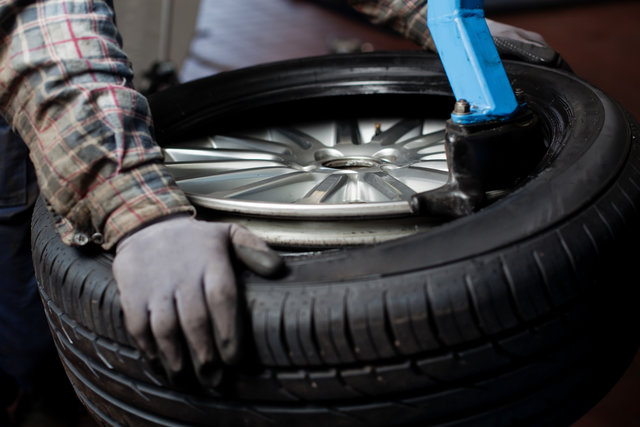 While every person's situation is unique, according to the Cleveland Clinic, the ketogenic diet seems to work particularly well for individuals who are trying to reduce the amount they weigh.
While every person's situation is unique, according to the Cleveland Clinic, the ketogenic diet seems to work particularly well for individuals who are trying to reduce the amount they weigh.
This diet focuses on restricting the overall amount of carbohydrates you consume. At the same time, it strives to increase your overall protein intake. As a result of these caloric changes, individuals seem to drop pounds even with only a moderate amount of exercise.
Read more: How to Shrink Belly Fat Fast
Because the specific recommendations are unique from person to person, it is best to work with your doctor when developing a weight loss program. Not only will they be able to provide you with specifics, but they can also help you keep the weight off after you put in all the hard work to lose it.
In addition to cutting calories, regularly hitting the gym or working out at home is another crucial part of reducing your spare tire belly. Weight loss is all about tipping the scales between the number of calories you consume through your diet and the amount you burn off with activities and exercise throughout the day.
Weight loss is all about tipping the scales between the number of calories you consume through your diet and the amount you burn off with activities and exercise throughout the day.
Read more: Does Rowing Burn Belly Fat
According to the Department of Health and Human Services, the average adult should strive to get at least 150 minutes of moderate aerobic activity each week. This could include things like brisk walking or outdoor biking.
You may also choose to do more vigorous exercises like running, swimming or using a stair stepper for a shorter duration (75 minutes per week). Organized sports like pick-up basketball or gym fitness classes such as step aerobics or Zumba may also fit into this category. Try finding an exercise buddy or an accountability partner to keep your workouts consistent and to maximize your chances of success.
Many different types of exercise can help reduce the size of your middle aged spare tire, and it is important to pick one that you like in order to stay consistent.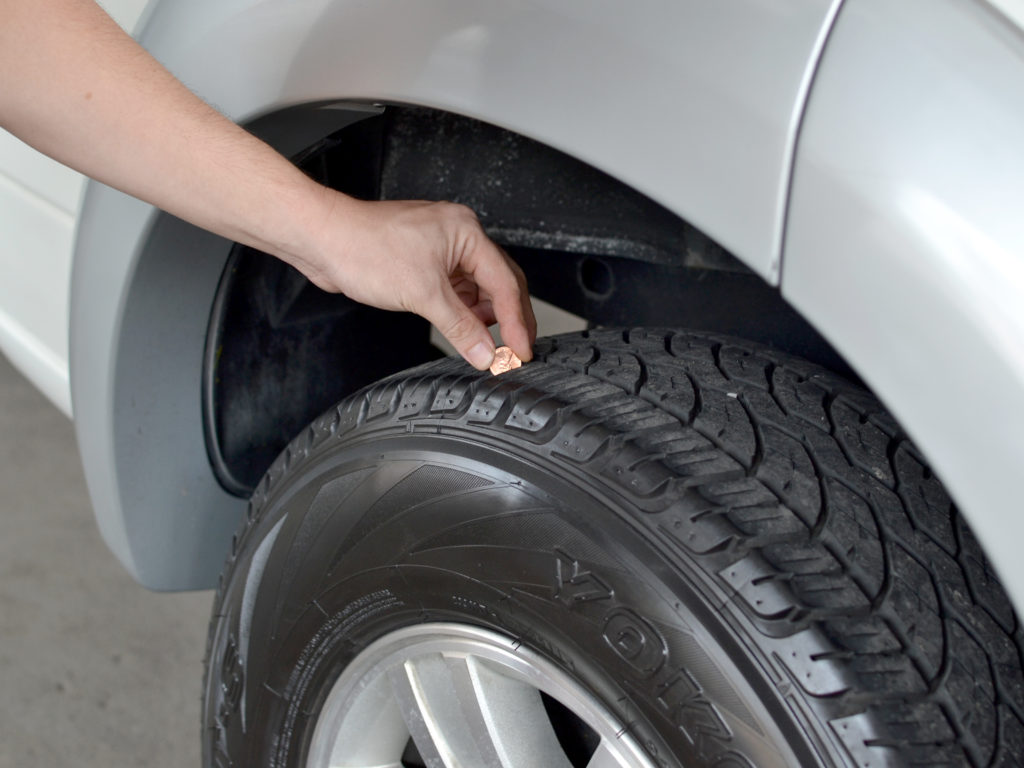 That said, some types of workouts may be more beneficial than others. According to a February 2018 meta-analysis published in Sports Medicine, incorporating high-intensity interval training (HIIT) workouts into your exercise routine has been shown to effectively target visceral fat deposits in the abdominal area.
That said, some types of workouts may be more beneficial than others. According to a February 2018 meta-analysis published in Sports Medicine, incorporating high-intensity interval training (HIIT) workouts into your exercise routine has been shown to effectively target visceral fat deposits in the abdominal area.
Read more: Do Crunches Reduce Belly Fat?
This type of workout mixes shorter periods of high-intensity movements or exercise with longer increments of lower intensity activities or complete rest. The journal found that HIIT-style running is more effective than biking at decreasing deposits of visceral abdominal fat in both normal weight and overweight individuals.
AARP recommends that beginners start by taking their normal cardio exercise and increasing the intensity high enough for you to become too winded to speak. Aim to do this for 20 seconds and then slow the pace down to your normal speed for 1 to 2 minutes. Next, return to the high intensity speed for another 20 seconds, rest for 2 minutes and then try to complete 20 more seconds at the faster pace. Finally, cool down at your normal speed for 2 more minutes.
Finally, cool down at your normal speed for 2 more minutes.
Should your spare tire belly not diminish in size with the strategies listed above, you may want to contact your doctor to speak to them about further treatment options. Initially, your physician may recommend a consultation with a nutritionist or personal trainer to give you more specific guidance on your diet and exercise regimen.
They may also want to take a closer look at any other health conditions you may have, some of which can affect your ability to lose weight. These can include having diabetes or having a thyroid issue. In some instances, they may even recommend prescription medication to assist in the fat burning process.
More extreme cases may even warrant bariatric surgery, which alters the amount of food that your stomach can contain or changes the way that nutrients are absorbed by the stomach in an effort to stimulate weight loss. Your doctor can give you proper guidance on which of these, if any, is right for you.
08 May 2019
While often termed differently, muffin top, belly fat and spare tire are all essentially the same thing – excess abdominal fat.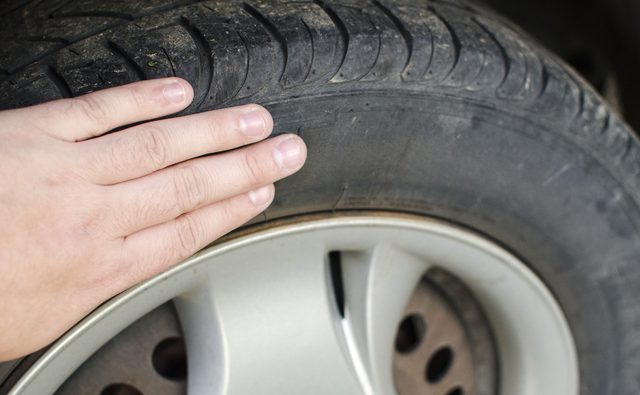 No matter what it’s called, it can be a frustration for many men. One of the most difficult areas to slim, the abdomen contains two types of fat which each require different tactics to tone the area. We asked Brent Wilson, a registered dietitian at INTEGRIS, Health to share his advice on how the spare tire affects men and what can be done to get rid of it once and for all.
No matter what it’s called, it can be a frustration for many men. One of the most difficult areas to slim, the abdomen contains two types of fat which each require different tactics to tone the area. We asked Brent Wilson, a registered dietitian at INTEGRIS, Health to share his advice on how the spare tire affects men and what can be done to get rid of it once and for all.
Fat around the stomach and waist can be caused by a variety of factors. “The spare tire is excess body fat stored around the midsection when our calorie balance is off,” Wilson explains. Caused by an imbalance between calorie intake and output, poor diet and insufficient activity are the main culprits of belly fat.
Inactivity during the day, worsened by sitting at a desk or in front of the television for long periods of time, is also a large contributor to one’s spare tire. Even stress can be a factor as it can impact the hormones that create fat.
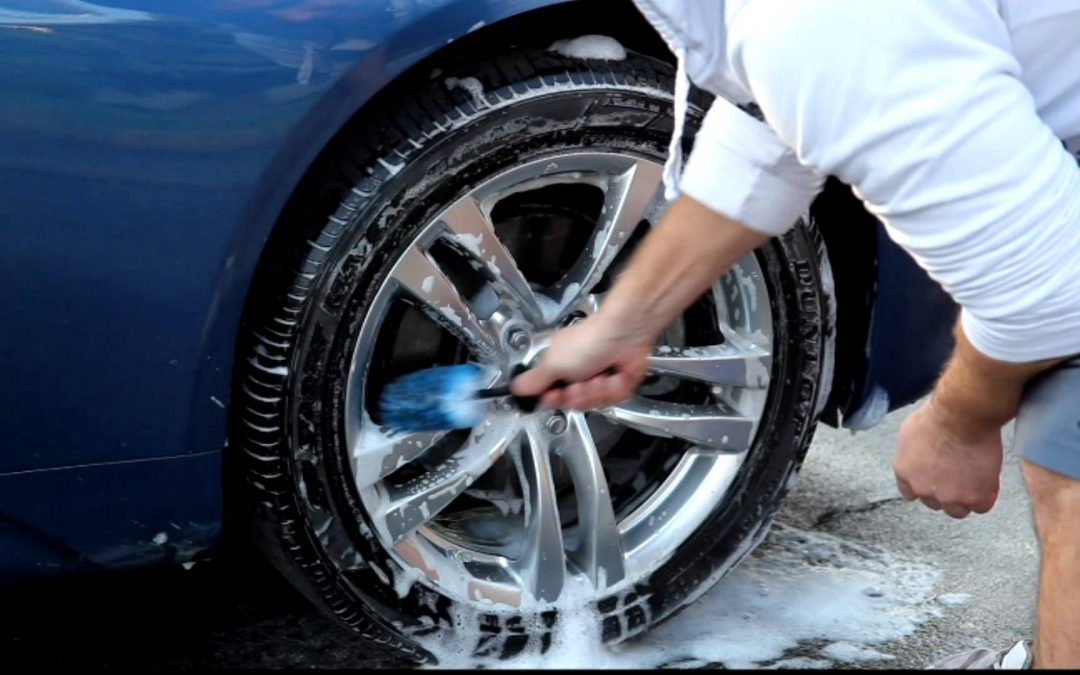 Visceral Fat
Visceral Fat “Subcutaneous fat hibernates just beneath your skin and you can grasp it with your fingers,” Wilson says. “Visceral fat stows away deep in your abdomen around your organs.” These organs can include your intestines and stomach. Visceral fat is more dangerous than its subcutaneous counterpart as it can produce cytokines, or inflammation, that can damage those organs.
Health risks commonly go hand-in-hand with the spare tire. “Excess belly fat increases your risk for high blood pressure, cholesterol, triglycerides and metabolic syndrome,” Wilson explains. The chemicals created by excess visceral fat can increase the risk for heart disease or diabetes. As men age, it becomes more important to exercise regularly as their bodies tend to lose muscle mass more easily.
When it comes to shedding the spare tire, lifestyle changes must be made. “Ultimately, it comes down to the decisions we have to make on a daily basis,” Wilson says.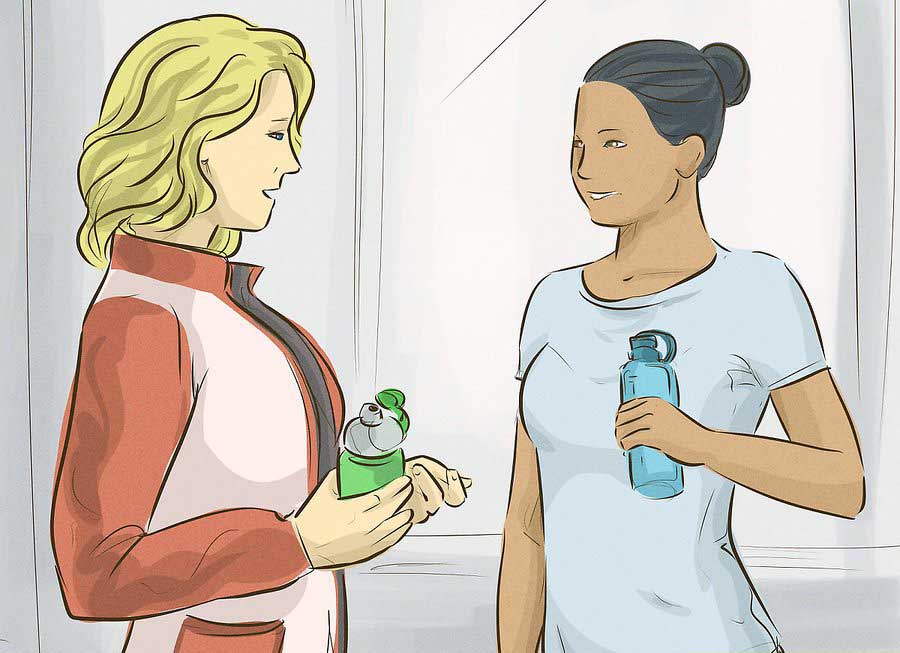 He explains these decisions become increasingly more difficult to make due to the convenience of highly processed foods that include substantial amounts of fat, sugar and calories. Combined with the typical low level of activity required by many jobs, it becomes more important to make conscious decisions to be physically active.
He explains these decisions become increasingly more difficult to make due to the convenience of highly processed foods that include substantial amounts of fat, sugar and calories. Combined with the typical low level of activity required by many jobs, it becomes more important to make conscious decisions to be physically active.
The first step toward eliminating the spare tire is to set healthy and reasonable goals. Shedding abdominal fat takes time and should not be treated as a race. So, how do you track your progress? The number on the scale doesn’t always represent the amount of fat and muscle mass a person carries, making it a less than optimal choice for measurement. Many people prefer to track their Body Mass Index (BMI), although Wilson advises against this. Instead, he opts for a more specific source of measurement.
“The BMI will ultimately give you a general idea of where your weight should be; however, it can be misleading as it doesn’t take muscle mass into account,” he says.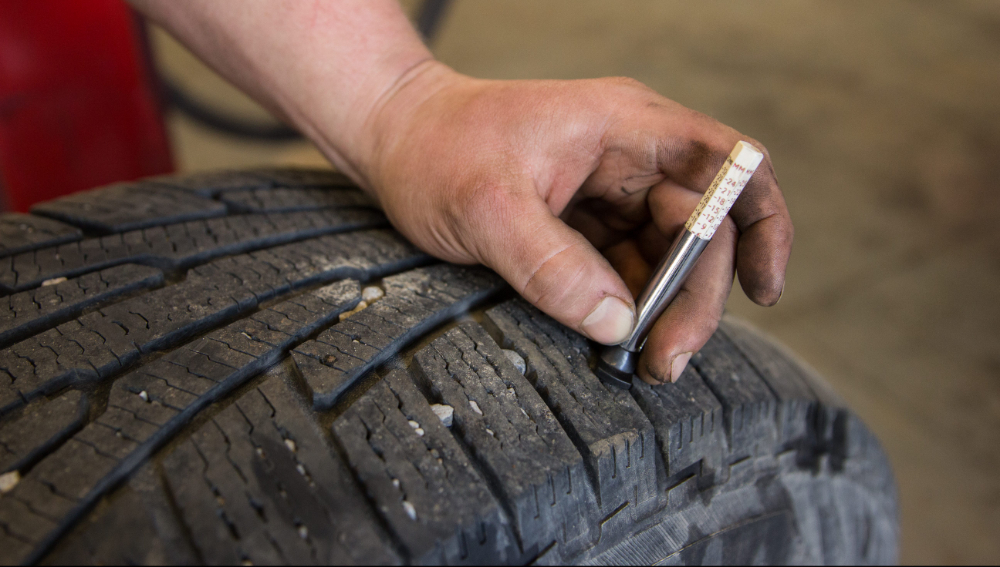 “The best thing would be to have your body fat percentage tested and retested after a few months of implementing physical activity and healthy eating.” The INTEGRIS Health Weight Loss Center provides several options for both surgical and non-surgical weight loss services, including seminars and assistance with nutrition.
“The best thing would be to have your body fat percentage tested and retested after a few months of implementing physical activity and healthy eating.” The INTEGRIS Health Weight Loss Center provides several options for both surgical and non-surgical weight loss services, including seminars and assistance with nutrition.
It is also important to set a healthy daily calorie goal. “Ultimately, we need to lower our calorie intake,” Wilson says. “I would encourage keeping a food log to identify where the most calories are coming from in your diet. Then, try replacing high calorie food and beverages with lower calorie options.” He suggests the app MyFitnessPal as a way to track your dietary choices.
When exercising to burn belly fat, it’s important to create a healthy mix of cardio and strength training. When targeting the spare tire, especially if you don’t go to the gym on a regular basis, you should start slowly. Wilson suggests beginning by walking or cycling and slowly increasing the duration and intensity of cardio. Make sure to include stretches in your routine to keep your muscles limber and limit soreness. He advises setting a goal of 150 minutes of physical activity per week.
Make sure to include stretches in your routine to keep your muscles limber and limit soreness. He advises setting a goal of 150 minutes of physical activity per week.
When it comes to choosing between cardio and weights, he says “both can be effective if used properly. The key is to get your heart pumping, so you can start burning the fat stored around the belly. Cardio is great at this. Weights can also work well, as long as you are keeping your heart rate elevated. Rather than resting in between sets of weight lifting, try using your rest time to keep your heart rate up with things like rowing, walking, or cycling.”
Stay committed to your exercise goals by creating a workout calendar or setting a joint fitness goal with your friends or family. For those who need to set a specific time to work out or thrive on extroverted activities, try joining a group fitness or boot camp style workout.
A healthy diet is the perfect complement to your new exercise regime. It can also be the most difficult part of the process. Essentially, it’s important to choose lower calorie options, skip processed foods, limit sugar and practice portion control.
It can also be the most difficult part of the process. Essentially, it’s important to choose lower calorie options, skip processed foods, limit sugar and practice portion control.
“Choose lean protein sources such as eggs, nuts, fish and chicken,” Wilson recommends. “Increase your intake of fruit and vegetables, which contain fewer calories per cup than most other foods. The fiber in them will keep you feeling full for longer so you take in fewer calories throughout the day.”
It is vital that men strive to achieve a healthy lifestyle as they age. Eliminating the spare tire is a crucial factor in the process of lowering health risks and staying in good physical shape. Contact an INTEGRIS Health physician today to assess your health needs.
Share this page
Unfortunately, there is no generally accepted estimate of tire mileage, as it depends on various factors such as vehicle weight, road surface conditions and driving style.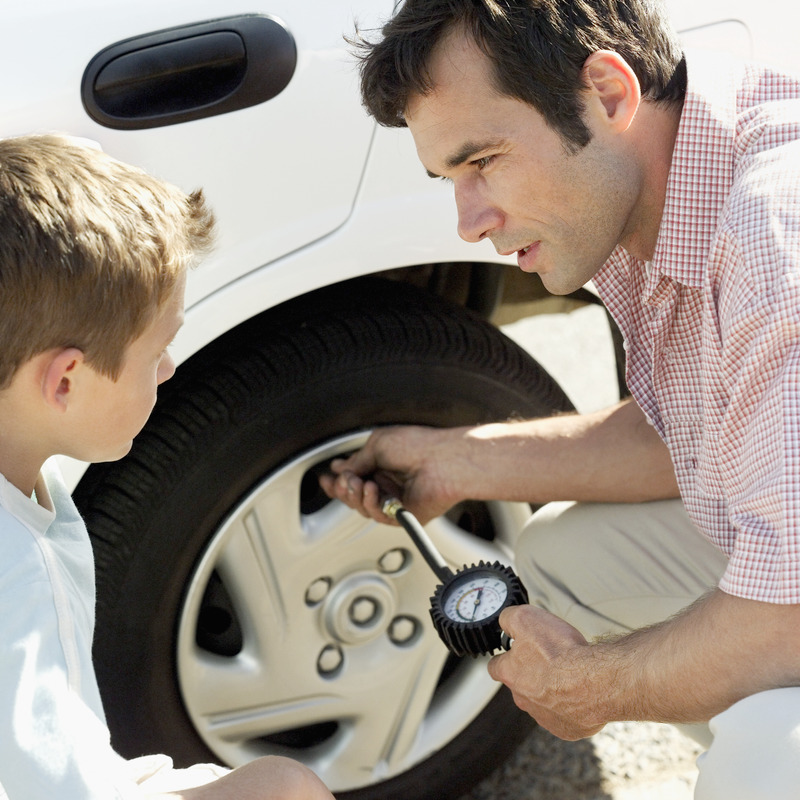
Tires without rims should be stored vertically, while mounted wheels should be stored horizontally. As for the storage location, choose a dark, cool and dry room. In addition, the tires must not be exposed to gasoline, oils or lubricants.
The generally accepted tire life is 10 years. A tire that has been properly stored for 1 to 5 years is defined as a new tyre. Tires undergo aging based on physical and chemical processes. This also applies to unused or underutilized tyres. To counteract the aging process, substances are added to rubber compounds that prevent chemical compounds with oxygen and ozone that are harmful to operation. In this way, it is guaranteed that if the tire is properly stored for several years, it will meet the definition and performance of a new tyre. However, you should pay attention to tire mileage. With an average annual mileage of 44,000 km, summer tires should be used for no more than 3. 5 years, and winter tires for up to 7 years (provided that they are used only in winter).
5 years, and winter tires for up to 7 years (provided that they are used only in winter).
Thanks to the special arrangement of the profile blocks (longitudinal in the direction of travel) and the high positive tread ratio, the tire's rolling resistance is optimized. Thus, tire noise and vehicle fuel consumption are significantly reduced.
Tires that are presented on our website, we buy directly from manufacturers. Since some manufacturers produce tires in different countries, we cannot guarantee that the tires were made in Germany. All tires comply with the strict European test standard, which determines the high quality standards. Tires sold within the European Union must comply with this regulation. The proof is the marking "E" or "e" on the sidewall of the tire.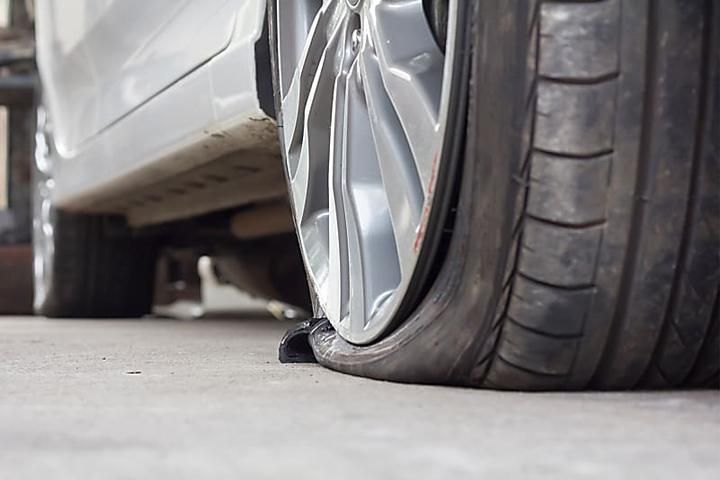
Already with a tread depth of 4 mm, the grip of the tire with the road is significantly reduced, especially on wet roads. The tires can completely lose contact with the road and the vehicle can no longer be steered or braked. Therefore, we recommend not to bring the tread depth to the legally permissible limit of 1.6 mm. Summer tires should be changed when the tread depth is between 2 and 2.5 mm, and winter tires when the tread depth is 4 mm. Tread depth is measured at the deepest point of the longitudinal groove.
Using the DOT marking on the sidewall of the tire, you can see the week and year of production. With proper storage, the specific properties of the tire do not change over a relatively long time. According to BRV (German Tire Trade and Fitting Association), tires when properly stored are considered factory new up to 3 years and new up to 5 years.
Consumer disputes over the age of tires have not subsided for several seasons. Buyers are excited that the warranty period for tires is limited to 5-6 years according to GOST, and after the expiration of this period, the rubber becomes unusable.
Is this really the case, read this article.
Manufacturers of most brands for their products set shelf life - 5 years and the service life is also 5 years .
The shelf life of a tire is the period during which it retains its performance when properly stored.
The end of this period does not mean that the tires have become unusable . A shelf life of 5 years is given by manufacturers because, by law, they cannot set a shelf life higher than the service life. Tires over 5 years of storage cannot be called damaged or defective, their technical characteristics may be slightly reduced. American researchers argue that the period of storage of "shoes" must be at least 10 years. Experts from Germany are sure that it cannot exceed 6 years.
American researchers argue that the period of storage of "shoes" must be at least 10 years. Experts from Germany are sure that it cannot exceed 6 years.
The expiration date of tires is the warranty period during which the manufacturer is responsible for the quality and condition of the tire if it was used for its intended purpose without violating the operating rules.
According to Russian legislation (GOST 5513, GOST 4754-97) , the service life of tires is 5 years from the date of manufacture.
How can I find out the date of manufacture of tires?
You can find out the age of tires by a special DOT code. Tires manufactured after 2000 in the DOT code contain two pairs of numbers, where the first pair indicates the week number of the year, and the second pair indicates the year. Earlier tires before 2000 have 3 numbers in their composition, where the first two digits are the week number, and the last one is the year (see the transcript in the photo).
Determination of the average shelf life of a tire according to GOST and operating conditions.
- The symbol ZR denotes tires for high-speed cars. They are recommended to be used at speeds over 240 km/h. up to 6 years
- Tires with the H symbol are used at a maximum speed of 210 km/h. within 5 years.
- The sign S symbolizes the maximum permissible speed of 180 km/h. and operational period of 4-5 years.
Most tire manufacturers do not agree that tire life is limited to 5 years. Each company has its own opinion on this matter. We analyzed several of them and the information they posted on their official websites.
Michelin
The French tire manufacturer Michelin has become famous for its active fight against the perception of the rapid aging of tires as a perishable product. Her information campaign "Tires Are Not Bananas" created a lot of noise in the automotive environment. According to the representative office, several test trials were carried out in Saudi Arabia, South Korea and Germany. As a result of testing, no difference was found between new tires and tires stored for 3 years. They were tested for various characteristics such as rolling resistance, high speed durability, etc. Tires with a year life were approximately equal in performance to 10-year unused tyres.
According to the representative office, several test trials were carried out in Saudi Arabia, South Korea and Germany. As a result of testing, no difference was found between new tires and tires stored for 3 years. They were tested for various characteristics such as rolling resistance, high speed durability, etc. Tires with a year life were approximately equal in performance to 10-year unused tyres.
Michelin focuses the attention of car owners on the fact that tires are not a perishable product, their shelf life is not as important as the service life is important, starting from the date the tires are installed on the rims. It is from this moment that the tire is subjected to all tests: pressure, temperature changes, wear, contact with uneven and sharp coatings, etc.
Continental
On the Russian official website of Continental, we found the following information on the expiration dates of tires.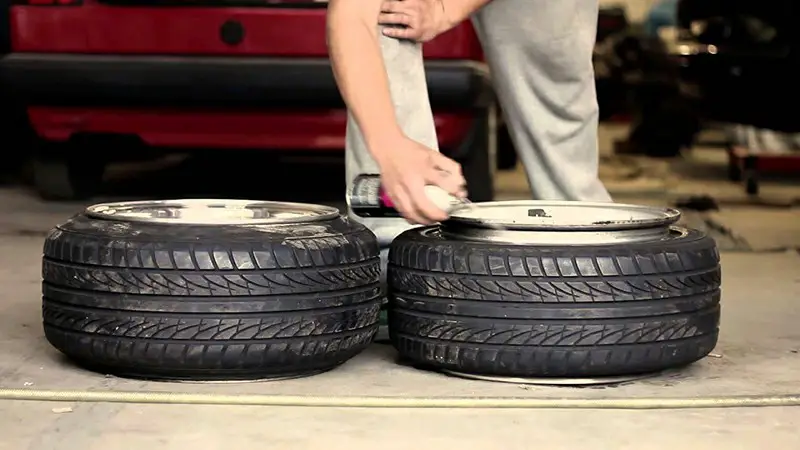
“When a tire is stored in the correct position and under the recommended conditions, it will not lose its original balanced performance for 5 years from the date of manufacture of the tire.
A properly maintained, unused tire less than 5 years old can be sold as a new tire and used normally.
Continental recommends replacing all tires (including spares) with a sidewall date greater than 10 years.
Nokian
The following information is posted on the Nokian official website:
“Tire life is not defined by law, but tires can only be considered “new” if they have been manufactured within the last five years. The recommended service life of tires is six years and the recommended maximum period is 10 years.
The opinion of our specialists, based on many years of experience, coincides with the opinion of manufacturers: the shelf life is 5 years + the service life is up to 10 years. Moreover, more "adult" tires, in our opinion, are of better quality.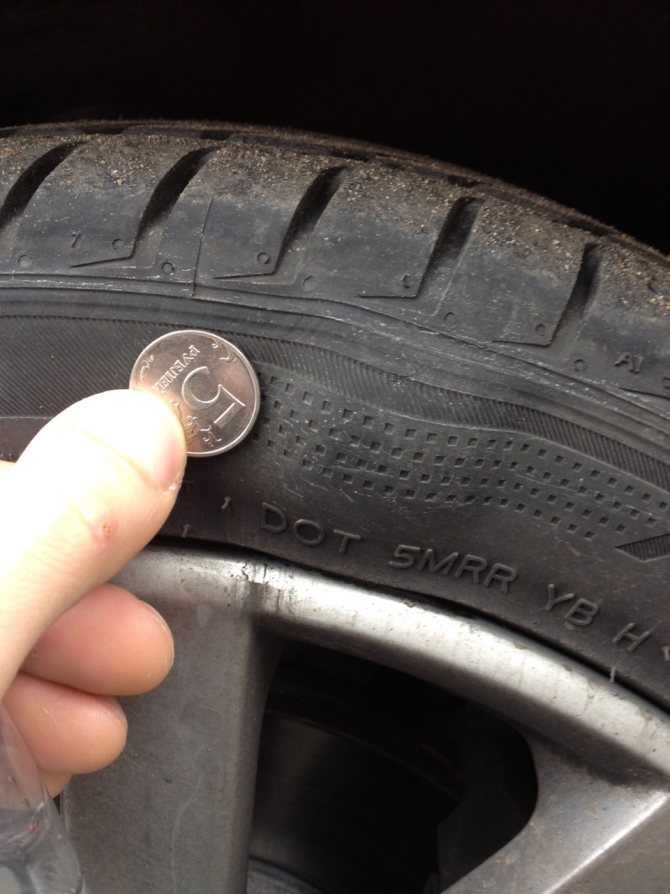
To keep tires as long as possible, they are stored in compliance with all rules and recommendations. The main condition is a cool, ventilated, darkened room away from oils, paints, ozone, and heat sources.
Rubber products tend to lose their performance over the years. To prevent and slow down this process, manufacturers add polymers to the rubber compound. They prevent oxidative processes that occur due to the interaction of protectors with oxygen and ozone.
The following are the main conditions for the proper storage of tires in accordance with GOST 24779-81:
Maintaining a constant regime without sudden jumps, slight temperature fluctuations from -30°С to +35°С are allowed;
Provide a low humidity level of 50-80% in a dry, ventilated cool room;
Avoid direct sunlight, use darkened hangars, shield heat sources;
Keep away from sources of heat;
Tires should not come into contact with corrosive, copper materials.
Avoid kinking, loading or positioning on an uneven surface.
Avoid contact with oils, organic solvents, acids, alkalis, fuels and lubricants on the tire surface. It is forbidden to lay tires on a wet and dirty surface.
In the warm season, when storing tires outside, they should be covered with light-tight material and raised above ground level to ensure ventilation and prevent the occurrence of the greenhouse effect.
Storage on reflective, light and heat absorbing surfaces is prohibited.
Keep away from chemicals, oils, paints, open flames, electric motors that produce ozone.
Used tires must be washed and dried.
Tires without rims should be stored upright.
The service life depends on many factors: the load on the car, the quality of the roads, the driving style, the distance traveled, tire damage, etc.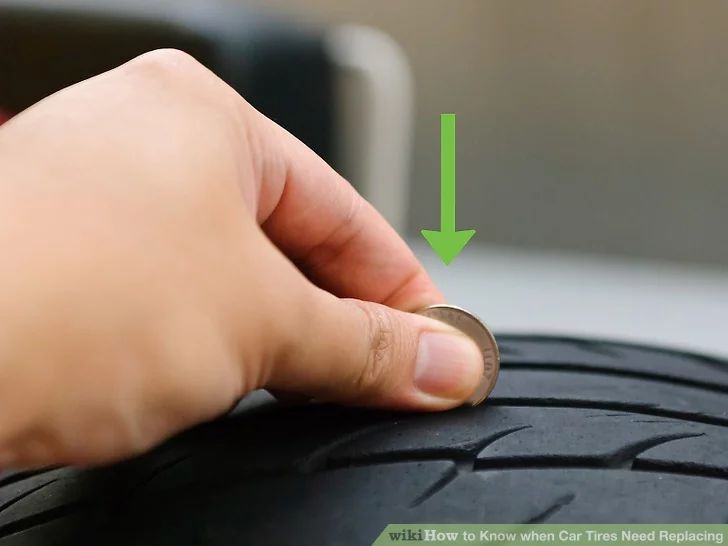 To increase their service life, follow these rules:
To increase their service life, follow these rules:
Check tire pressure every 2-3 weeks. With reduced pressure, tire wear increases by the equivalent of a % reduction. For example, a 15% reduction in pressure can result in a 15% reduction in service life. Inflated tires are less scary.
The wear of the front tires is always significantly higher than the rear ones, so it is recommended to swap them after some time, carefully watching the direction of the tread pattern and the direction of rotation.
Proper alignment of tires in relation to rims. If the direction is not the same, then performance is significantly reduced.
To prevent damage to the sidewalls of tires, avoid close proximity to curbs and high ledges.
Wash off dirt from the surface of the rubber and from deep grooves with special cleaning agents.
Adhere to an even driving style without harsh brakes and quick starts.